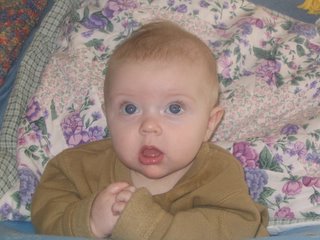Surprise
Bet you'd never guess that Kristi Yamaguchi, Mia Hamm, Troy Aikman, Dudley Moore, and Damon Wayans were ALL born with clubfeet. :)
Bet you'd never guess that Kristi Yamaguchi, Mia Hamm, Troy Aikman, Dudley Moore, and Damon Wayans were ALL born with clubfeet. :)
Soon I'll be adding links to Ponseti information, other clubfoot kids, and a few other goodies. Stay tuned!
Although these 3 mths in the shoes went well, we started having trouble afterwards. We went through a few pairs trying to find the right size, and even managed to break off chunks of a shoe banging it against the floor. We were glad Ian was able to test these shoes for Mr. Mitchell, as he was still trying to get the correct design for toddlers down. LOL Stronger plastic. Definately.
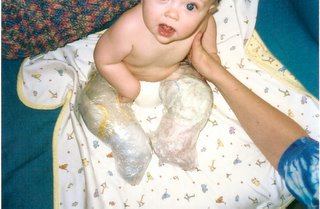


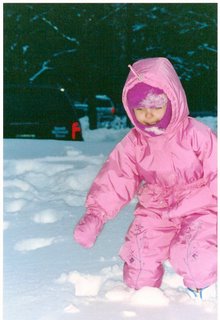
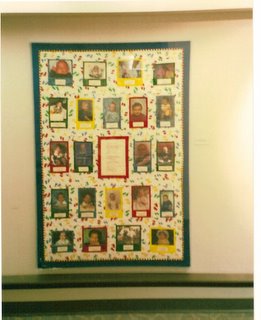

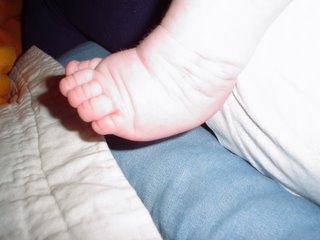
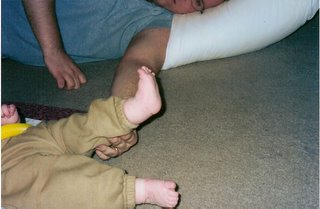
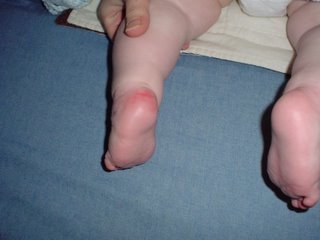
Dr. Ponseti is the man who pioneered the method we are using. He is 90-ish yrs old and still sees babies out at the U of Iowa hospital. You can read more in the links, but basically, years and years ago, after studying clubfeet carefully, he came to see that the tendons and ligaments in clubfeet are actually very flexible and could be manipulated into the correct position. With this deformity, the feet are actually formed normally in the womb, but something happens in the 2nd trimester that causes them to twist and tighten. Lots of speculations as to why, and hopefully they'll find answers soon. We will actually be participating in a study through the University of Texas to help find the clubfoot gene.

